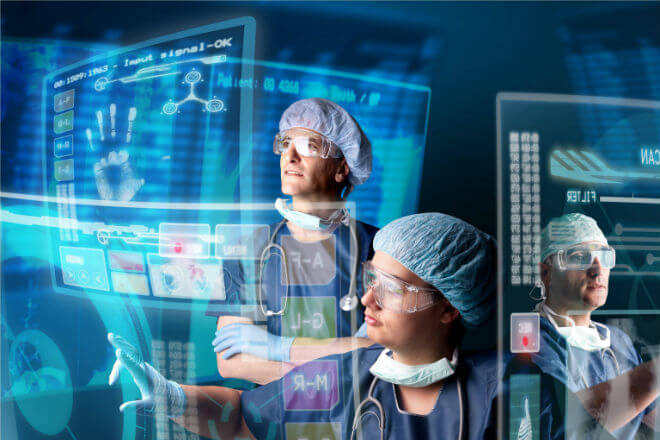Innovation has become the Holy Grail of the 21st century. Most companies, especially in the technology industry, have embraced the concept as an essential engine for moving forward. However, innovating goes far beyond a mere declaration of intent.
We are currently in the 4th Technological Revolution, which is fundamentally altering four key areas of the world: trade, medical care, education and the environment. Given the diverse nature of this revolution, completely widespread, CEOs must understand the technologies that drive it, the possibilities they offer and their potential impacts. New technologies are growing from digital, chemical and biological sciences, engineering and materials science.
The relevant thing is that each of them causes a unique impact on the world. And on an individual basis it comes to changing consumption habits, work, improvements in health, ways of learning and improvements in the environment. Later, the combination of these technologies will be giving rise to super technologies that not only transcend their elements separately, but also offer great opportunities for companies.
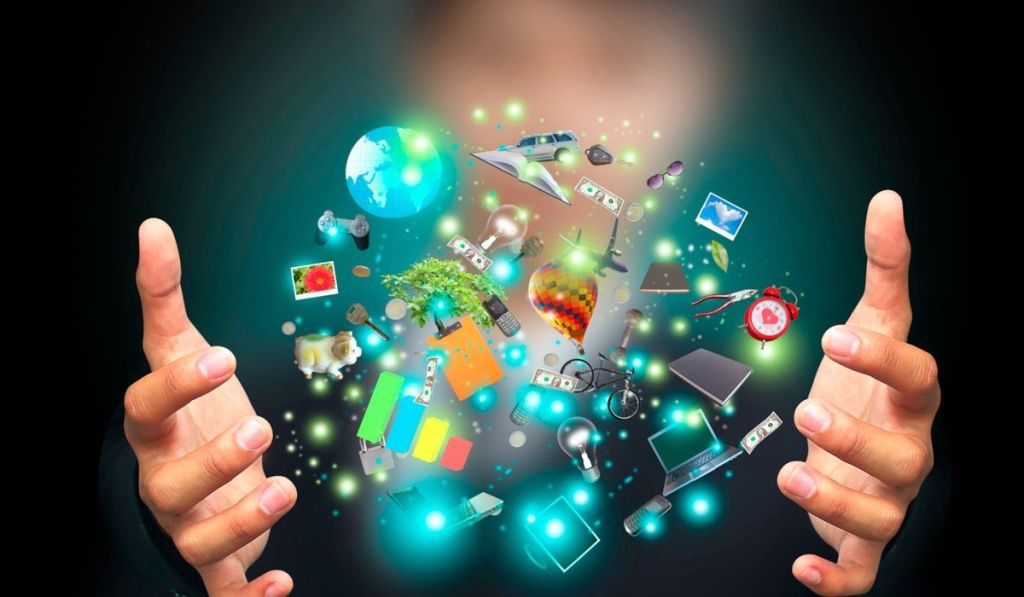
What are the technologies that are driving this revolution? And how do they come to shape the world of commerce?
1. BIOTECHNOLOGY: Systems and ways of life created and technologically improved
Biotechnology has the potential to expand known boundaries of industries, such as creating completely new industries. The products, processes and business models of all types of industrial sectors are going to be affected by that combination of technology, chemistry and biological sciences that is biotechnology. In commerce, biotechnology is the basis of a new form of authentication: known as biometrics. Instead of keys, passwords, credit cards or codes, retinas, fingerprints and voice are the new gateways to access to information and commerce. In this line; Biometrics and bioinformatics will transform the world in this way.
The strongest impact of biotechnology is in the field of health care. Advances in the field of genomics are making it possible to treat and, what is even more desirable, prevent diseases at the level of our genetic instructions. Advances in stem cell research and technology bring us good news for patients: imagine damaged organs (injured or sick) that can heal on their own!
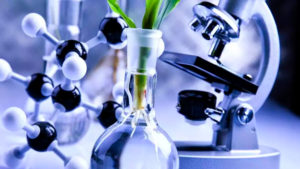
2. 3D PRINTING: Digitally designed and chemically manufactured objects
3D printing is amplified thanks to the constant evolution of machines and digital technologies. 3D printing transforms the digital plane of an object into a real physical product. For example, instead of ordering a part from a supplier, 3D printing allows you to use your digital representation data to perform it physically. It also allows us to create a digital reproduction of a newly designed product and manufacture it immediately on almost any material. 3D printing is manufacturing on demand on site.
3D printing will transform the field of commerce. Customers are closely involved in the design and manufacture of the products. In the field of health, 3D printing is used to create custom molds and prostheses for bones or other structural prostheses. It is also being used to create precise and structurally complex medical devices, such as integrated organ tissue printers, which are radically changing the surgical strategy.
3D printing has many applications in the field of learning. Most importantly, technology allows us to visualize and test objects as they are being designed. Instead of viewing an object on a screen, it can now be quickly created using 3D printing and better understand its mass and proportions. Inside and outside the formal classrooms, 3D printing can help bring abstract concepts to life.
In the environmental field, the reduction of waste and the efficiency of 3D printing recycling will produce manufacturing methods that make more efficient use of materials, using less energy and lower levels of harmful emissions.
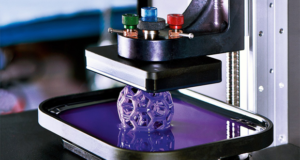
3. THE UBICUA COMPUTATION: integrated, proactive and networked digital processors
Ubiquitous computing (also known as "environmental intelligence") provides information, materials, context and processing power wherever we are. This kind of technology is characterized by vast networks of connected microprocessors, inserted into everyday objects.
The way information is shared on these devices is very different from the way it was shared in the past. Unlike the data that is recorded and updated in private and centralized databases, the data is now integrated and placed in public networks. Ubiquitous computing is the technology behind the Internet of Things (IoT), but it would be more accurate to think of it as the engine of the "Internet of everything."
Ubiquitous computing creates new forms of commerce, generating information that companies can use to create value in a series of products, services and assets. UBER for example; it used ubiquitous computing to unlock the inactive value that underlies the unused capacity of cars. Ubiquitous computing can also allow companies to overcome barriers that, in the past, separated functions such as design, manufacturing and sales. Now, connected devices provide information flows that can be used to integrate and organize these functions throughout the supply chain.
In the field of health, ubiquitous computing can be integrated into implantable and body-use devices that monitor, maintain and ensure our well-being. For example; Vital-Patch MD from VitalConnect is a biosensor that is worn on the forearm. Ubiquitous computing promises to revolutionize health care processes. Once medical devices are equipped to respond, they will be able to provide personalized attention with precision, eliminating many of the side effects of prescription medications. They will be able to detect an emergency, request help and send medical or expert records electronically to the site.
The ubiquitous computing is transforming the scope of learning between the isolated classrooms and the library which are integrated into our daily lives. This technology allows us to access information in a very personalized way, starting from a whole series of sources, and share it as we please: from one at a time (in a text message), from one to many (in a tweet), from many to many (in a Facebook group) or from many to one (for example, on Yelp.com).
4. AUTOMATIC LEARNING: Automated and augmented data analysis
Machine learning encompasses a broad context of technologies and capabilities. Some scientists approach the subject simply from the perspective of computer programs that "learn."
Data and the ability to access, organize, interpret and distribute them are the soul of modern business. But, at present, the data is much more numerous than ever, but it has a great opportunity to obtain valuable information about the operation of a company and its entire ecosystem, which includes customers, suppliers, shareholders and any interested party.
Big data and analysis are rapidly eclipsing other sources of value in the field of commerce. Companies have used the data to create profiles of buying habits, prices and other retail contexts, and thus better target their products to consumers. In many industrial sectors, this has led to methods of designing products and services that are less linear and more focused on the dynamic aspects of supply and demand, as well as the dynamic nature of customer experiences and results.
In the field of health, the emergence of machine learning announces a drastic change in treatment and diagnosis strategies. Instead of waiting for problematic symptoms, doctors can now constantly monitor the vital markers of patients' health, starting at a much younger age. This allows to take preventive measures and intervene much more in advance.
Machine learning technologies allow educators to mold content and results to meet the different needs of teaching pedagogy. For example, educators can understand how students interpret and apply concepts, thanks to the patterns revealed by their actions, decisions and interactions with other students. This will lead to the development of novel "paths" that satisfy the students' cognitive predisposition.

5. NANOTECHNOLOGY: Supermateria and engineering of atoms
Nanotechnology, which includes molecular engineering, is a radically new branch of engineering that is responsible for the design and manufacture of incredibly small circuits and devices, built on the molecular scale of matter, usually one to one hundred nanometers. To put that figure in perspective, there are ten million nanometers in a centimeter.
Dry-Fit clothing, nanosupertechnology textile developed by Nike for the evaporation of sweat, medication administration patches, waterproof shoes and antibacterial bandages are all applications of nanotechnology for consumer products.
The combinations of nanomaterials such as graphene, tungsten diselenide and boron nitride can mark the beginning of a new era of Moore's law, bringing computers and other devices with processing, memory and visualization capabilities hitherto unattainable. These devices could easily be used in different areas to meet different requirements, radically transforming all the assumptions of function and form that currently govern computer hardware.
In the field of commerce, nanotechnology is already generating a great wave of new product development. Nanomaterials are used in a range of products that range, for example, from golf balls to video game consoles, and provide them with new capabilities hitherto unattainable. The golf balls treated with nanomaterials fly more straight, by channeling the energy transmitted by the clubhead to correct turns and blows badly hit. Video game consoles have radically improved graphics, using microscale optical cables that accelerate data transmission between microprocessors.
In the field of medical care, nanoparticles are being developed to bring medicines, heat, light and other substances to human cells. In the future, nanotechnology will favor the development of molecular structures that reproduce living cells. These molecular structures will be the basis for the regeneration or replacement of body parts that are currently lost due to infection, accident or disease.
In the environmental field, nanotechnology is both learning from nature and helping to preserve it. Meanwhile, molecular engineers continue to develop new types of structures, such as iron nanoparticles that disperse in water and break down the organic solvents that cause pollution. In the future, nanotechnology can improve the efficiency of solar panels and serve as the basis for energy storage that makes smart energy networks even smarter.
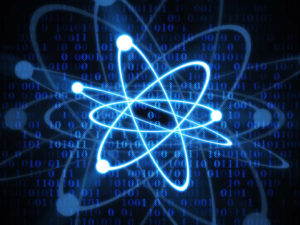
6. ROBOTICS: Accurate, agile and intelligent mechanical systems
Uniting disciplines such as mechanical engineering, electrical engineering and computer science, robotics is the design and development of mechanical systems that can operate autonomously or semi-autonomously. Robotics is not a new technology in itself, but; In the last decade, robotics has undergone a radical transformation driven by three characteristics: precision, agility and intelligence.
Robots are helping customers find and buy products or register at airports, and they are receiving and organizing the fulfillment of any request in the hotel room service.
In the field of commerce, robots are assembling increasingly complex products and increasing the capacity for human action. They are collaborating in activities related to problem solving, agenda and task programming and organization. Scientists in Singapore have created a receptionist robot named Nadine that greets visitors, smiles at them, establishes eye contact and shakes hands. Nadine also recognizes visitors when they return to the site and initiates conversations based on previous conversations with them. As the robots become our partners, helpers and tutors, the human-technological interface will evolve in absolutely unexpected ways.
Within the scope of medical care, robotics is revolutionizing surgery. An example is the Da Vinci surgical system, which allows doctors to translate the movements of their hands into the precise movements of the small instruments with which they operate within the patient's body. Its high-definition 3D vision system and a small mechanical hand that handles tiny surgical instruments provide surgeons with better visualization and greater dexterity, precision and ergonomic comfort.
In the field of learning, robots can serve as "representatives" of human teachers, reducing educational costs and extending the scope of teaching. Robots can be used to ensure that children with disabilities or illnesses are not left behind, while offering a sense of "presence" that enhances the learning experience. Robotics and digital simulations are already being used to create completely new educational experiences in everything from teaching to driving to complex surgery.
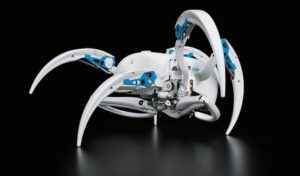
To conclude this article; The technologies described will change our environment in many ways that we cannot yet imagine. But the most interesting and far-reaching changes are probably those that result from combinations of their abilities.
Together they will lead to even more powerful super technologies. Super technologies will open new digital frontiers. New forms of digital information and new methods to use it that will further modify our way of life. The integration of digital technologies with materials and chemical and biological sciences can, in fact, alter life itself.
Many times we hear criticisms of technology - about how it could downplay the role of humans or even supplant them - but I think it is more likely that these technologies and their symbiotic combinations improve the human experience. I believe that technologies will have a positive impact on health care, commerce, education and the environment. They will save lives, improve the planet, increase our intellectual capacity and boost new industrial sectors.
DO YOU WANT TO LEAVE A COMMENT?
